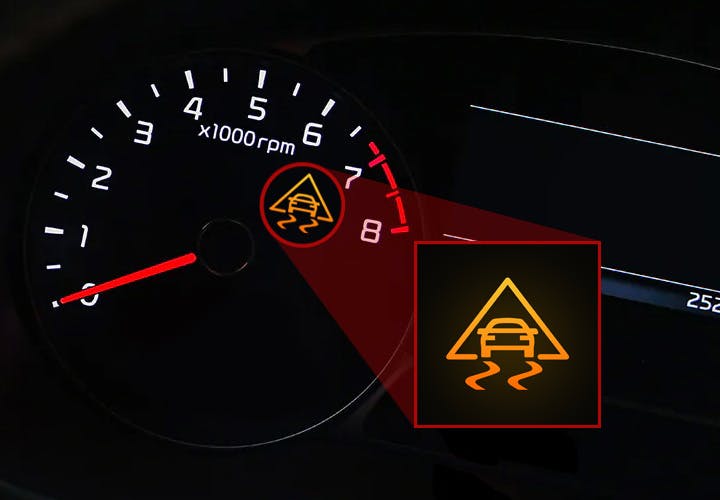Car safety: What is the most important thing?

Safety is one of the basic elements on which great emphasis is placed when designing a car. These elements include deformation zones, which dampen the energy of the impact as effectively as possible during a collision/impact.
However, the cabin where the passengers are located must be as rigid as possible to provide the greatest possible protection to the passengers. High demands are placed on the safety elements of the car, which take care of the protection of the crew.
Inhaltsverzeichnis
Active safety
This includes all measures that reduce the possibility of an accident, such as:
Car driving characteristics
Car control
View from the vehicle
Warning signaling devices, fog lights, brake lights, and the like.

Electronic Stability Program (ESP): How does it work?
Passive safety
This includes all measures that reduce the consequences of an accident, such as:
External safety: the contours of the car must be designed so that injuries to other participants in a traffic accident are as small as possible
Internal safety: measures to prevent injuries to the car crew, such as airbags, fire protection, seat belts, etc.
How are crash tests performed?
The evaluation of safety features takes place during crash tests. It is a vehicle safety test that will provide the interested party with useful information about the safety of the given car.
NHTSA conducts frontal, side, and rollover tests because these types account for the majority of crashes on roadways in the United States. In Europe, the most stringent tests include EURO-NCAP.
These tests include various scenarios. NHTSA's tests consist of a frontal car crash, a side barrier crash, a side pole crash, and rollover resistance. The EURO-NCAP's tests have bit different scenarios. The setup also differs in terms of passengers, which are always mannequins, not real people, and the speed at which the impact occurs.
Sensors are placed in the dummies, measuring the load on individual body parts during an impact. In addition to the protection of the crew, these tests also evaluate the protection of pedestrians in a collision with a car.
Summary
Today's cars are bigger, wider, taller, and heavier than the old ones, providing much more safety than the old, light cars, where the vehicle's safety was not given as much attention.